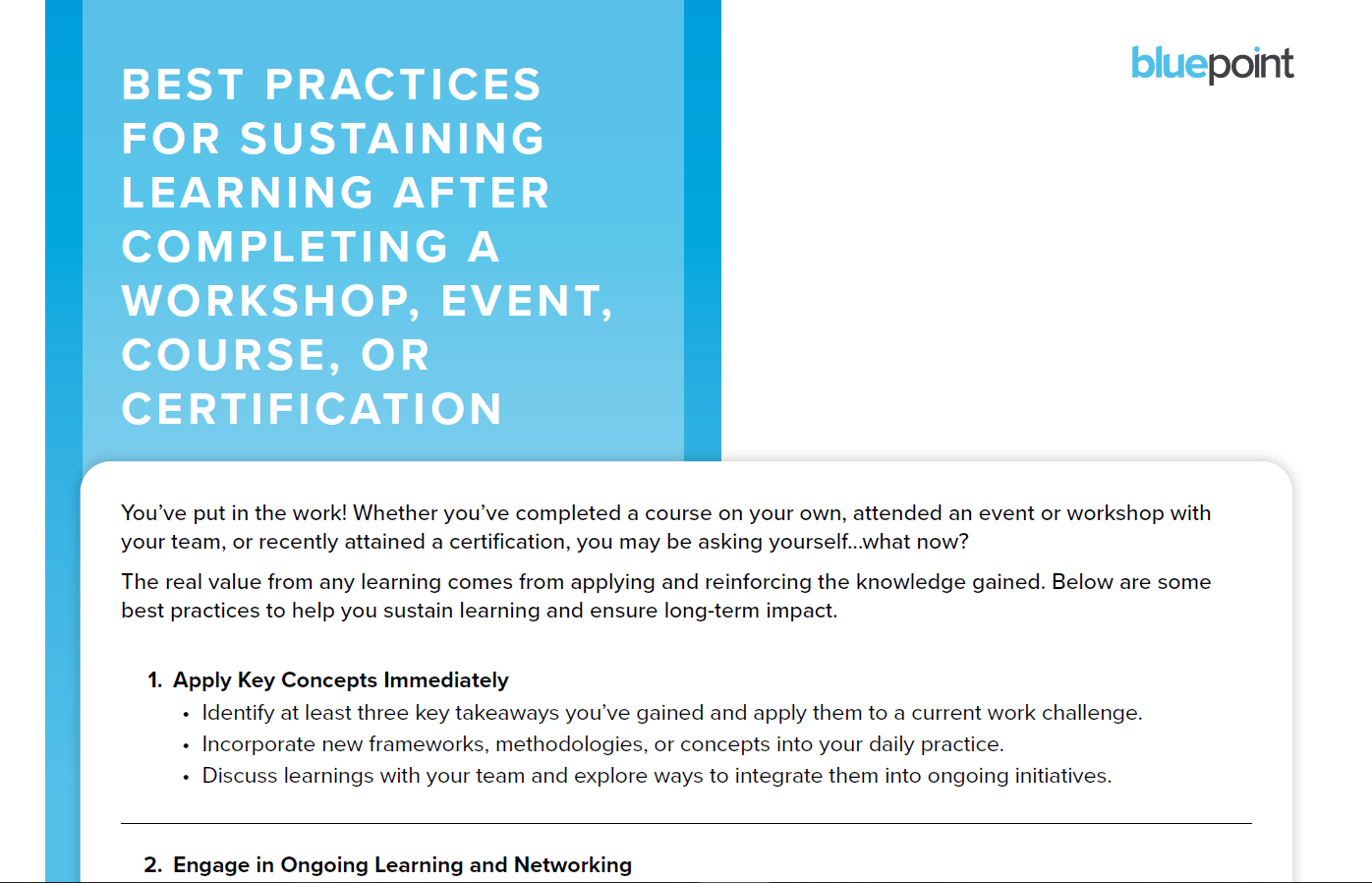The best architects have an inside track on human behavior. They understand the power of physical and spatial design—how we humans are subtly but inevitably shaped by the spaces in which we live and work. Great leaders also has this inside track. They recognize that human beings are profoundly shaped not just by physical spaces but by social spaces. A significant part of leadership, therefore, involves a special kind of design. Today’s leader needs to understand how to create fertile organizational spaces—generative cultural environments that lift our spirits, nudge us forward, and raise our collaborative potential. This is why I believe that today’s leader needs to be a social architect—a builder, creator, and designer of dynamic, cultural spaces
So what does it mean to be a social architect? I have come to believe that there are four essential areas that today’s leader needs to master: organizational structure, job design, customer experience, and culture.
Organizational structure
“All organizations are perfectly designed to get the results they get.” This old leadership maxim captures an important truth—we tend to hit what we aim for, even if we don’t know exactly where we are aiming! And that’s the fatal flaw in many organizational structures—they are not actually designed at all, at least in the creative, conscious sense of that word. But of course, there are many ways to design an effective, dynamic structure. No one size fits all. Let me offer four questions to consider as you think about the design of your own organization.
Does every person have a clear line-of-sight to his or her customer? Everyone has a customer, whether inside or outside the organization. People work best, in many cases by an order of magnitude, when they can see exactly how the product or service they provide serves their customer. A clear line-of-sight to the customer clarifies roles and prioritizes activity. It makes everyone’s job easier.
Does your organizational structure reward initiative? Leaders tend to get the behaviors they reward. Do you want people to be willing to give you bad news? Then don’t penalize them for doing so. Do you want people to take risks? Then be aware how you reprimand failure and reward initiative. People are smart. They learn quickly how an organization structure actually behaves. Make sure you explicitly reward the behavior you are trying to encourage.
Is the organization designed to maximize collaboration and synergy? Almost every senior executive that I know believes that there is a significant amount of collaboration and synergy throughout their organization. And why shouldn’t they? Their direct reports are telling them that this. But is it really happening? If so, it should be a valuable source of competitive advantage because it is not likely happening in your competitors’ organizations. Here is the litmus test question: Is collaboration that produces real value richly rewarded? (If so, the highest paid people in your organization will be those who make sure others get credit for their work.) And conversely: Is destructive internal competition and territorialism firmly rebuked? (Or do you go wink-wink and support the lone wolf who believes, probably correctly, that the rest of the organization just holds him or her back?) Are you giving lip service to the values of collaboration, teamwork, and partnership or have you designed an organization structure that demands it??
Is the organization designed on the notion of “premeditated agility”? It is hard on the ego to create the very best possible plans and strategies….and then design an organization that will fix your mistakes. Leaders are not infallible. Don’t set up an organization that pretends they are. Senior leaders need to recognize that all of their strategies and decisions are imperfect, to some degree, and explicitly empower people throughout the organization to use their good judgment to implement better decisions and strategies to create more value or better serve the customer.
Job design
There are the three critical principles that need to guide all job design when it comes to the social architecture of an organization.
Create clear accountabilities – Forget the outdated notion of job descriptions. Hold people accountable for specific outcomes. In many organizations, people are held accountable for processes. Customer service. Financial reporting. Project management. These are processes. They have fluid boundaries and overlapping responsibilities, making it easy to blur responsibility, make excuses, or dodge accountability. They also encourage territorial behavior and a “follow-the-rules” mindset. Outcomes are different. Delighted customers. Accurate, timely financials. A specific project completed on time and within budget. An effective leader designs jobs with clear outcomes, encouraging creativity, autonomy, and problem solving.
Maximize freedom – Provide people with a scary amount of freedom to create their own priorities, make their own decisions, and do the work they love. Often the problems in an organization start with one common, overriding tenet—everyone needs a boss. Underlying this is the belief that people cannot be trusted to be responsible. Don’t design that conviction into the fabric of your organizational culture, or you may get what you expect. Maximize freedom in a context of real accountability and people will surprise you.
Craft big jobs – Abandon the outdated idea of delegation. No one wants to do your work; people want to do their own work. Design the absolute biggest jobs possible—just a little too big for the incumbent—and then you take on whatever bits and pieces are left over. A little spillover drudgery will be worth it if it means your team members aim high and push their limits.
Customer experience
Sadly, most companies never think about intentionally designing their customers’ experiences. In order to design an incredible customer experience, we have to put ourselves in the customer’s shoes. This is not simply a high level of customer service; it’s a complete change of perspective. We have to see the product or service and the organization from the outside, so to speak—from a customer or client perspective—and then design the customer experience from that vantage point. The authentic empathy in this perspective takes real development and leadership. One has to suspend one’s own perspective and adopt that of another— value what they value, believe what they believe, fear what they fear, and see what they see. Few companies truly succeed at this, but the ones who do prosper.
Culture
Just as every human being has a personality, every organization has a culture. The moment there are two or more people, collective cultural values begin to emerge. And as any organization grows, that culture, with its own unique personality, will develop. Can leaders design organizational culture? I don’t think so. But they can have an impact on it—give it direction and infuse it with aspirational values. A leader’s actions and interactions make the difference between a pretense on a piece of paper, and a living, breathing culture where people care about embodying the better values of an organization.
“Design is a funny word.” claimed the late Steve Jobs. “Some people think design means how it looks. But of course, if you dig deeper, it’s really how it works.” Today’s most effective leaders, experts in creating organizational architecture, understand how to design social spaces that work for everyone.
About The Author

Gregg Thompson
Gregg Thompson is a keynote speaker, author and executive leadership coach. As a much-in-demand speaker, Gregg leads his audiences on interactive, highly-engaging learning journeys that are both educational and entertaining. He dares audiences to abandon many of their closest-held beliefs about leadership and to explore new ways of seeing, relating to and influencing others. He confronts audiences with their own biases, judgments and attitudes, and challenges them to replace these with fresh new perspectives and practices. He vividly demonstrates how leaders can make a major shift in their personal impact and use their natural strengths to master the art of leadership. Gregg is the author of The Master Coach written for leaders who understand the impact of coaching on performance and career acceleration. The book is an invitation to leaders who want to make a significant shift in their attitudes, values and behaviors and become more coach-like in all of their daily interactions and conversations.
Related Resources

Leadership Pulse: Leaders as People Developers
leadership-essentials

Beyond the Individual: How Coaching Transforms Teams
leading-teams

7 Leadership Strategies to Combat Change Fatigue
leading-change
Subscribe to newsletter
Subscribe to our newsletter today and receive innovative, insightful and thought provoking resources (videos, webinars and articles) all effective tools for developing leadership talent.
Connect with Us Today!
This is a gated resource. Contact sales at info@bluepointleadership.com for more information or reach out here: Contact Us
This is a member-only resource. Contact sales at info@bluepointleadership.com for more information.


